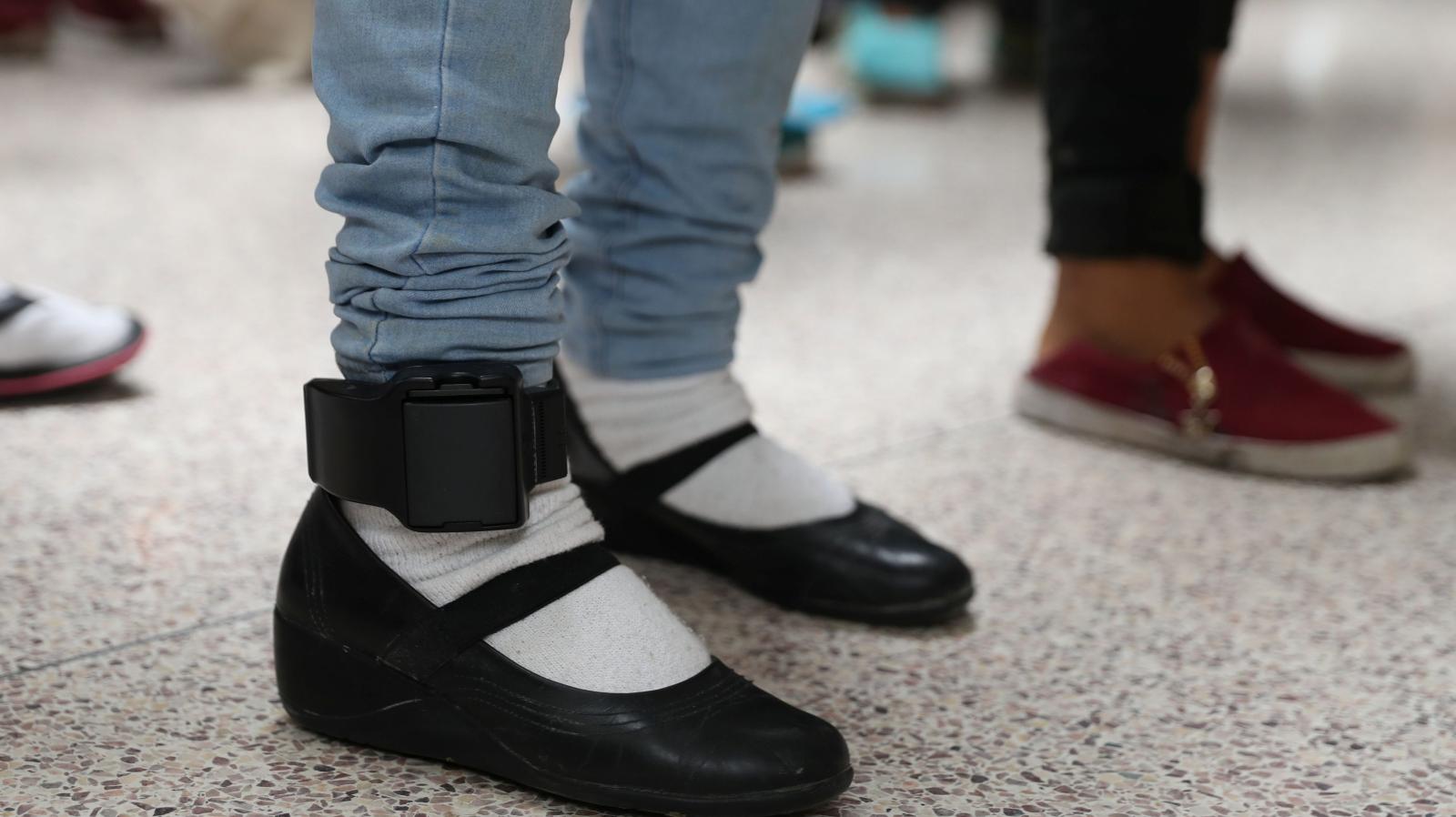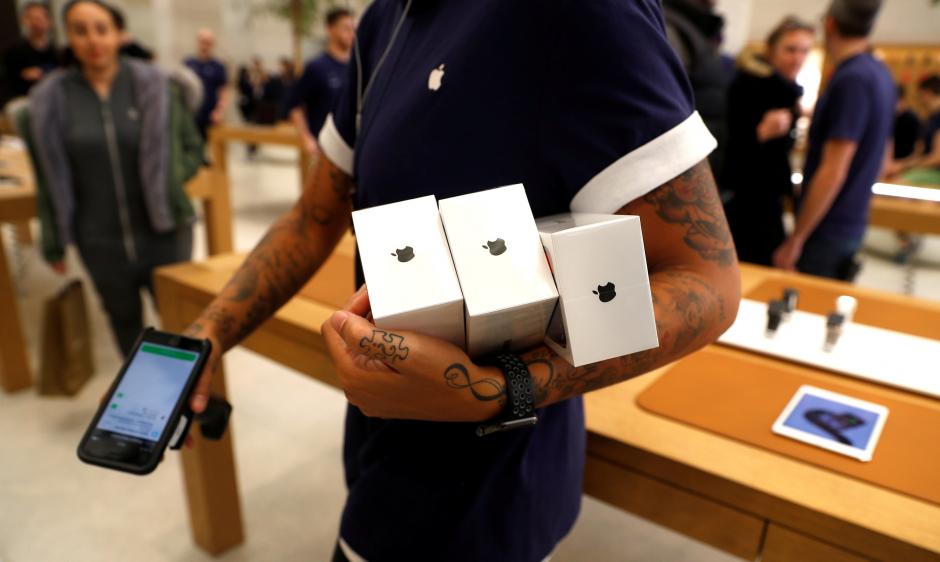Meet the four-year-old mini-influencer who films own vlogs to 42k subscribers
Paris McKenzie is the tiny influencer who films her own live streams, vlogs and gets her mum to take photos of her in different outfits. She has 42k subscribers and uses her mum’s camera to share her day-to-day life. The confident kid shares a YouTube channel with mum, Jovey Esin, 30, and loves to vlog whenever she can. She loves life in the spotlight so much that even when she’s not filming for their content, Paris has a toy camera that she pretends to vlog on. Jovey says Paris is always asking her to take photos of her in her outfits – and will get her to take them again if they are not up to her standard. Jovey, a video creator, from Brisbane, Australia, said: ‘She loves the camera. She’ll be like, “Mum can you take a photo of me on this background”. ‘And then she’ll want to look at them to check her pose is right after I have taken them. ‘She grew up seeing the camera and now she smiles at it every time it’s out,’ Jovey said. ‘She fell in love with it. She’s always saying, “I want to vlog”.’ Paris now does her own livestreams, and films clips of her day-to-day life. ‘She knows how to turn the camera on and if she’s not using my phone to vlog she’ll be using her toy camera,’ Jovey said.





